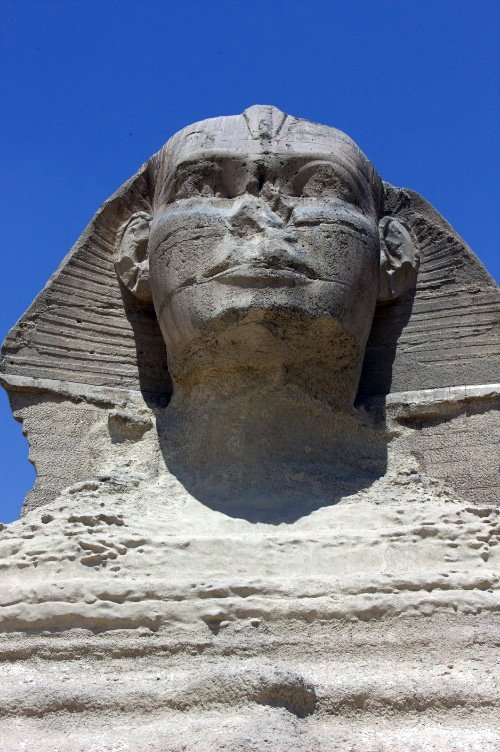|
|
Photos By Dmitry Medvedev, President Of Russia
|
Russia has a market economy with enormous natural resources, particularly oil and natural gas. It has the 10th largest economy in the world by nominal GDP and the 6th largest by purchasing power parity (PPP). Since the turn of the 21st century, higher domestic consumption and greater political stability have bolstered economic growth in Russia. The country ended 2008 with its ninth straight year of growth, averaging 7% annually between 2000 and 2008. Real GDP per capita, PPP (current international $) was 19,840 in 2010. Growth was primarily driven by non-traded services and goods for the domestic market, as opposed to oil or mineral extraction and exports. The average nominal salary in Russia was $640 per month in early 2008, up from $80 in 2000. In the end of 2010 the average nominal monthly wages reached 21,192 RUR (or $750 USD), while tax on the income of individuals is payable at the rate of 13% on most incomes. Approximately 13.7% of Russians lived below the national poverty line in 2010, significantly down from 40% in 1998 at the worst point of the post-Soviet collapse. Unemployment in Russia was at 6% in 2007, down from about 12.4% in 1999. The middle class has grown from just 8 million persons in 2000 to 55 million persons in 2006.
Oil, natural gas, metals, and timber account for more than 80% of Russian exports abroad. Since 2003, however, exports of natural resources started decreasing in economic importance as the internal market strengthened considerably. Despite higher energy prices, oil and gas only contribute to 5.7% of Russia's GDP and the government predicts this will drop to 3.7% by 2011. Oil export earnings allowed Russia to increase its foreign reserves from $12 billion in 1999 to $597.3 billion on 1 August 2008, the third largest foreign exchange reserves in the world. The macroeconomic policy under Finance Minister Alexei Kudrin was prudent and sound, with excess income being stored in the Stabilization Fund of Russia. In 2006, Russia repaid most of its formerly massive debts, leaving it with one of the lowest foreign debts among major economies. The Stabilization Fund helped Russia to come out out of the global financial crisis in a much better state than many experts had expected.
A simpler, more streamlined tax code adopted in 2001 reduced the tax burden on people and dramatically increased state revenue. Russia has a flat tax rate of 13 percent. This ranks it as the country with the second most attractive personal tax system for single managers in the world after the United Arab Emirates. According to Bloomberg, Russia is considered well ahead of most other resource-rich countries in its economic development, with a long tradition of education, science, and industry. The country has more higher education graduates than any other country in Europe.
The economic development of the country has been uneven geographically with the Moscow region contributing a very large share of the country's GDP. Another problem is modernisation of infrastructure, ageing and inadequate after years of being neglected in 1990s; the government has said $1 trillion will be invested in development of infrastructure by 2020.
|
|









